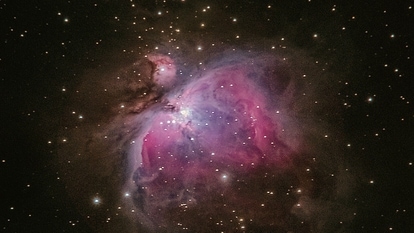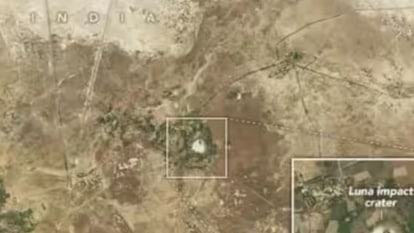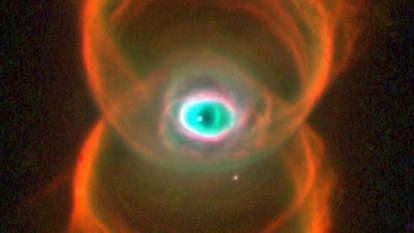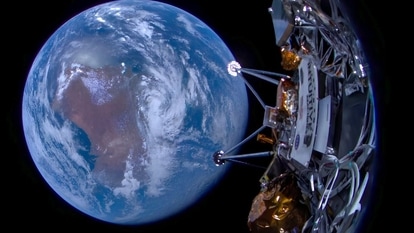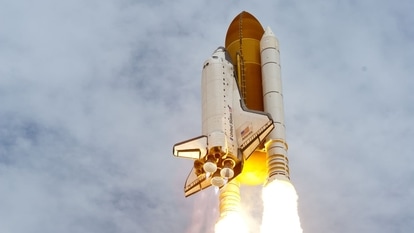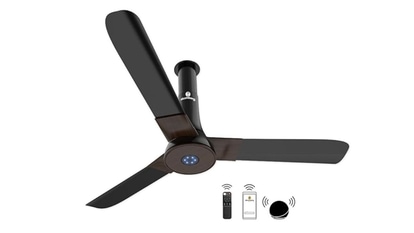Asteroid alert! Bus-sized monster rock speeding towards Earth at 19932kmph, says NASA
NASA has warned about this perilous space rock that will come extremely close to Earth today. NASA shared the details of the potential danger it may pose.
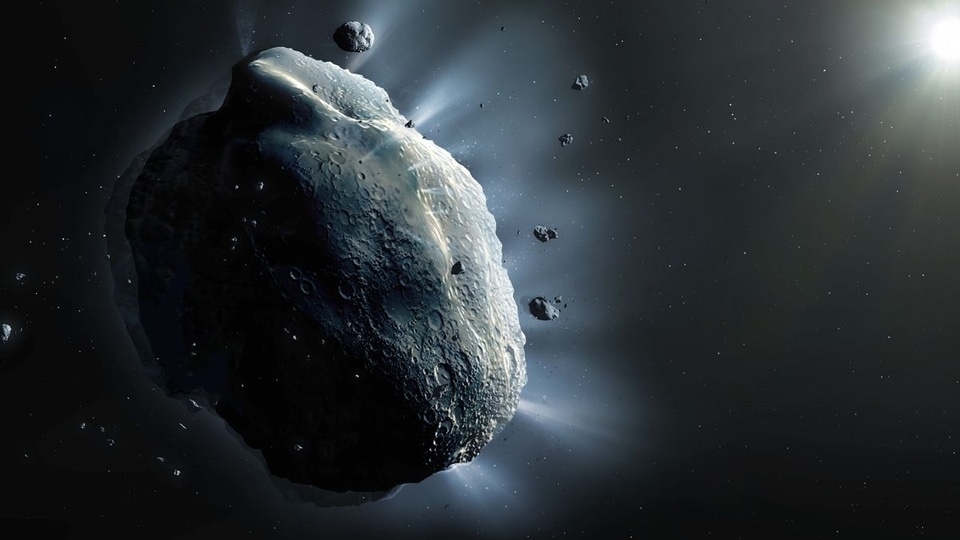
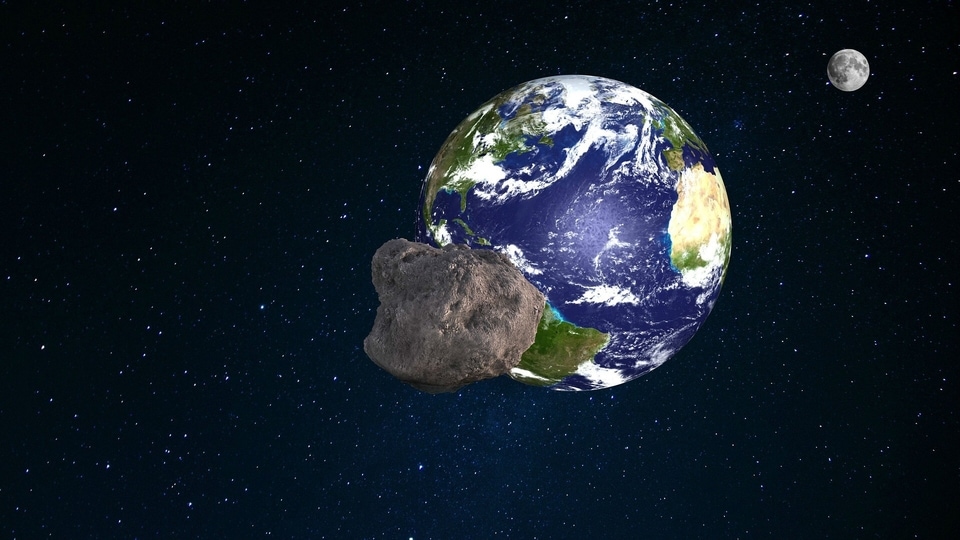

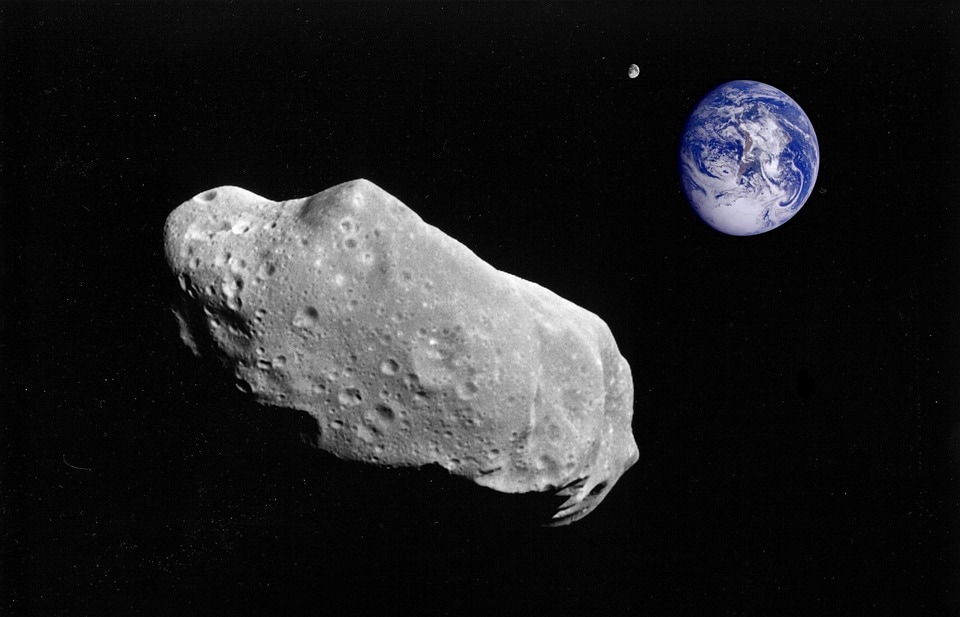
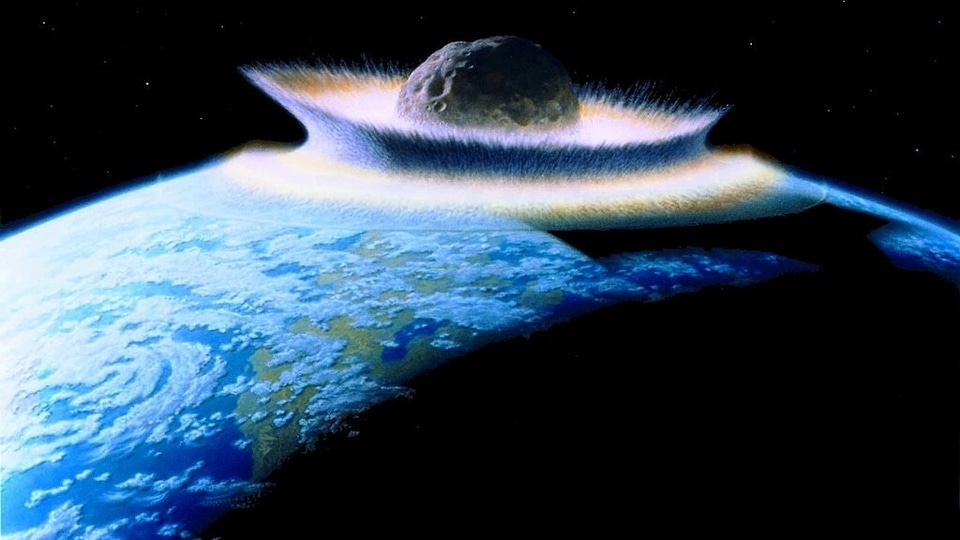
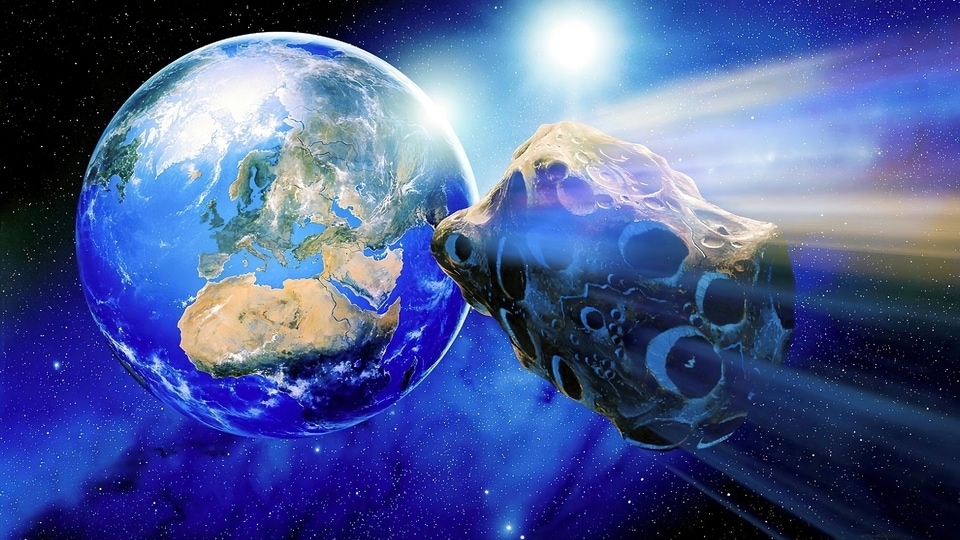
 View all Images
View all ImagesToday, there is a potentially hazardous rocky visitor that will come extremely close to Earth! Though, countless asteroids keep zooming past the Earth at astonishing speed, most of them burn up in the atmosphere itself. However, some reach the ground with catastrophic consequences, while others are too small to do any damage. You must have heard about the destructive asteroid impact due to the Chicxulub collision which resulted in the mass extinction of most dinosaurs on Earth around 66 million years ago, and of many other species.
Now, a bus-sized asteroid is on its way to Earth! To calculate the potential threat from an asteroid or near-Earth object (NEO), NASA keeps a close eye on all the upcoming asteroids and comets. One such asteroid is 2023 AE1, which measures 42-foot in diameter and it is fast approaching Earth.
It is not the size but the main concern is it will make a terrifyingly close approach of just 0.9 million miles to Earth! It is a matter of concern as NASA's Asteroid Watch dashboard says that any asteroid that approaches within 4.6 million miles or 7.5 million kilometers of Earth is known as a potentially hazardous object. This asteroid is moving at a velocity of 19932 km per hour. However, the asteroid will not impact the Earth and instead, it will fly by back into space. It will come back though.
After today, the next close approach of asteroid 2023 AE1 will be on January 23, 2032 at a distance of 10.06 million kilometers.
NASA's plans to safeguard the Earth from asteroids
Last year, NASA successfully tested its Double Asteroid Redirection Test (DART) Mission spacecraft strike on a non-hazardous asteroid called Dimorphos in order to test planetary defence. The learnings from this asteroid attack will be used to protect Earth from asteroids that are heading for a collision with our planet. According to NASA, this is the world's first mission to deflect an asteroid in space.
How NASA track asteroids
Some of the best technologies of NASA help to track these dangerous asteroids. NASA uses optical and radio telescopes to determine the size, shape, rotation, and physical composition of asteroids. Moreover, with the help of planetary radar, performed by radio telescopes at NASA's Deep Space Network and the National Science Foundation's Arecibo Observatory in Puerto Rico, detailed characterisation data of the asteroids are possible.
Catch all the Latest Tech News, Mobile News, Laptop News, Gaming news, Wearables News , How To News, also keep up with us on Whatsapp channel,Twitter, Facebook, Google News, and Instagram. For our latest videos, subscribe to our YouTube channel.



